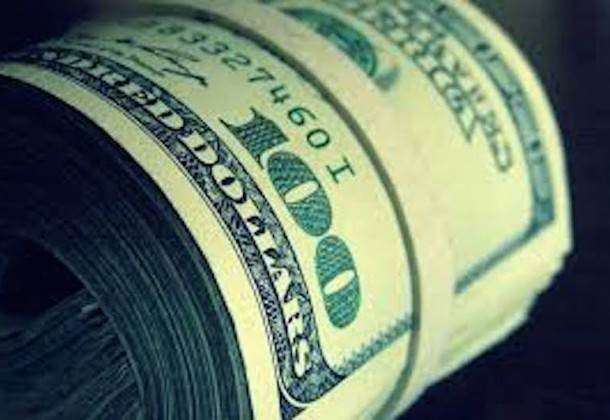 The US Dollar was broadly higher on Wednesday as hopes that the coronavirus threat is subsiding. In China, though more than 2,000 new cases were confirmed yesterday, the daily rise was at its lowest level since January 30th, giving hope that the spread may have peaked. That helped to improve sentiment for assets with higher yields which benefits the US Dollar. News that the Reserve Bank of New Zealand seems to have dropped its dovish bias has helped the Kiwi Dollar, as well. Analysts say that the improvement in risk sentiment, coupled with hopes that the major central banks are likely to continue with current easy money policies, will be welcomed in the FX markets.
The US Dollar was broadly higher on Wednesday as hopes that the coronavirus threat is subsiding. In China, though more than 2,000 new cases were confirmed yesterday, the daily rise was at its lowest level since January 30th, giving hope that the spread may have peaked. That helped to improve sentiment for assets with higher yields which benefits the US Dollar. News that the Reserve Bank of New Zealand seems to have dropped its dovish bias has helped the Kiwi Dollar, as well. Analysts say that the improvement in risk sentiment, coupled with hopes that the major central banks are likely to continue with current easy money policies, will be welcomed in the FX markets.
As of 11:12 am in London, the EUR/USD was trading at $1.0916, down 0.2477%; the pair has ranged from a low of $1.09019 to a peak of $1.09261 in today's session. The GBP/USD was higher at $1.2981, up 0.774% and off the session high of $1.29896. The USD/JPY was trading at 109.9660 Yen, up 0.1731%.
EU Data and Outlook Disappointing
Economic news out of the Eurozone was disappointing, with Eurostat reporting that the EU's Industrial Production, seasonally adjusted, was unexpectedly lower at -2.1% in December, against an expected decline to -1.6%; the previous was revised to 0% from 0.2%. Tomorrow, markets will focus their attention on the release of German inflation data; currently, analysts are forecasting that the harmonized index of consumer prices for January (annualized) will be flat at 1.6%. Germany's GDP numbers for the 4th quarter of 2019 will be released on Friday with growth expected to be flat at 0.1% on a quarterly basis. Eurozone GDP will be released shortly thereafter with a similar expectation of a 0.1% reading for the quarter, essentially flat.
